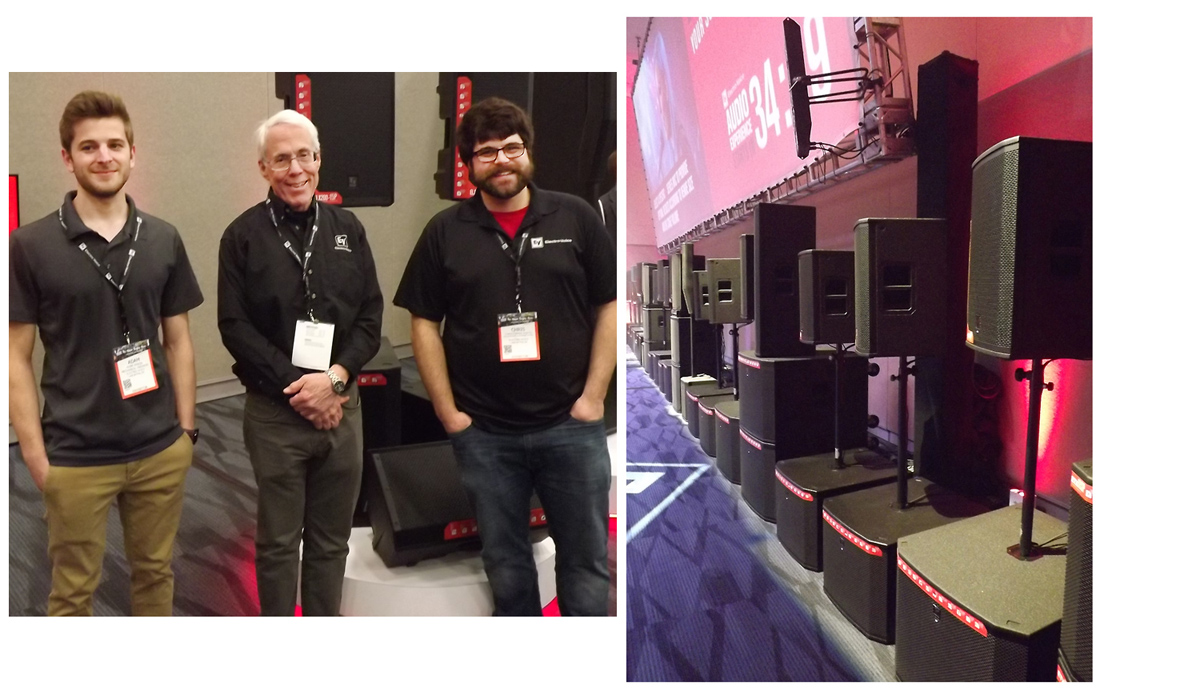
The deep R&D team also includes members who excel in creating prototypes, there’s a complete machine shop on site to bring their creations to life. In addition, standing by are two 3-D printers that are very helpful in creating components and prototypes.
Yet another benefit comes from being located in the Minneapolis area, the home of leading technology companies such as 3M, Toro and several medical device developers. Companies like these support facilities for rapid prototyping, die-casting, additive manufacturing, and in general, fostering technologies for faster development with cutting-edge quality.
Getting back to transducers, EV’s lab (purpose-built by EV engineer Alan Babb) provides the ability to wind voice coils, magnetize magnets, develop motor structures and even manufacture transducers right on site. This is extremely helpful to the group dedicated to transducer design.
“Pretty much whatever anybody wants, if it’s possible, we can do onsite when it comes to transducers, accompanied by very sophisticated measurements capabilities,” Gelow says. “There’s a 3-D scanner that can deliver 3,000 measurement points from a diaphragm in motion, so we can investigate break-up modes and see a whole lot of additional relevant data and parameters that translate to performance.”
The application of the considerable benefits of laser technology is also a staple of the design and development process. Again, it’s a capability steeped in the company’s deep engineering heritage, dating all the way back to the early 1970s when EV pioneered the use of holographic interferometry (laser technology) to study the motion of microphone diaphragms.
Speaking of microphones, they remain integral to the EV Sound, supported by a tightly knit, dedicated group of specialized engineers outfitted with facilities mirroring those of their loudspeaker counterparts, including their own anechoic chamber. Under the direction of engineers Bob Eaton and John Rosenow, every detail is analyzed and optimized, from the diaphragm, to how to port the design for directivity control, down to the mechanical suspension to keep it quiet.

The result is a steady stream of innovation such as that delivered by the RE320, the company’s latest Variable-D design, which is equipped with a unique “Dual Personality” switch that creates two ideal mics in one: one position provides a lively yet natural tonal response for vocals, electric, and acoustic instruments; the other delivers a curve designed specifically for kick drums.
Another example is the ND Series of wired vocal and instrument mics, which debuted last year, incorporating even more advancements in neodymium technology that EV originated more than three decades ago. The result is new levels of sonic performance combined with innovative mechanical solutions that solve challenges that have plagued users for decades.
With both microphones and loudspeakers, double-blind listening is a significant part of the development process, evaluating the devices on their own merits and then comparing them with established and often much more expensive products to serve as a vital measuring stick.
